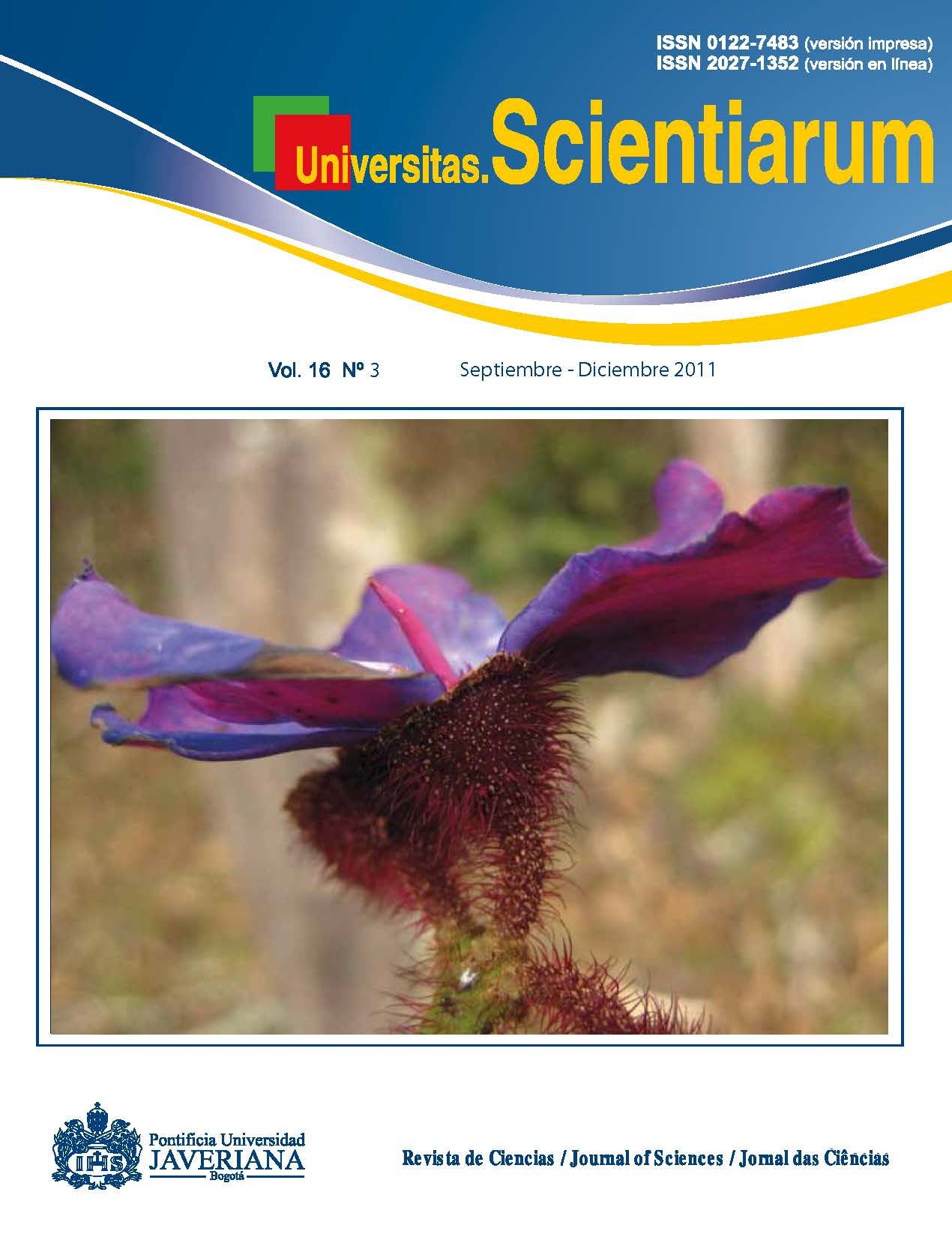Abstract
Objective: Most research related to the decline of amphibians has been focused on the detection of the pathogenic fungus Batrachochytrium dendrobatidis. This fungus is the main pathogen detected around the world. However, research has shown the presence of another fungus, Saprolegnia ferax, as a cause of mortality in amphibians in North America. Our study suggests a possible interspecific transmission caused by the presence of rainbow trout; thus, amphibian declines may not be attributable only to the presence of a single pathogen, but to other organisms and factors. Materials and methods: Our study revealed the presence of Saprolegnia sp. in the Andean frog Atelopus mittermeieri using the imprinting technique with lactophenol blue staining, which allowed the typical structures of this fungus to be observed. Results: The importance of this discovery is the presence of two pathogenic fungi, B. dendrobatidis and Saprolegnia, which affecting simultaneously a population of amphibians. This finding brings attention to the eventual presence of other microorganisms that might be involved individually or collectively in the decline of amphibian species. Conclusions: This record suggests a possible transmission between rainbow trout (Oncorhynchus mykiss), an introduced species in the highlands of Colombia, which shares the same habitats with different species of amphibians in the Sanctuary of Flora and Fauna Guanentá in the upper river Fonce in the mid Cordillera Oriental of Colombia.
Key words: decline, Amphibians, Saprolegnia, Fishes, Atelopus, Colombia.
Univ. Sci. is registered under a Creative Commons Attribution 4.0 International Public License. Thus, this work may be reproduced, distributed, and publicly shared in digital format, as long as the names of the authors and Pontificia Universidad Javeriana are acknowledged. Others are allowed to quote, adapt, transform, auto-archive, republish, and create based on this material, for any purpose (even commercial ones), provided the authorship is duly acknowledged, a link to the original work is provided, and it is specified if changes have been made. Pontificia Universidad Javeriana does not hold the rights of published works and the authors are solely responsible for the contents of their works; they keep the moral, intellectual, privacy, and publicity rights. Approving the intervention of the work (review, copy-editing, translation, layout) and the following outreach, are granted through an use license and not through an assignment of rights. This means the journal and Pontificia Universidad Javeriana cannot be held responsible for any ethical malpractice by the authors. As a consequence of the protection granted by the use license, the journal is not required to publish recantations or modify information already published, unless the errata stems from the editorial management process. Publishing contents in this journal does not generate royalties for contributors.



